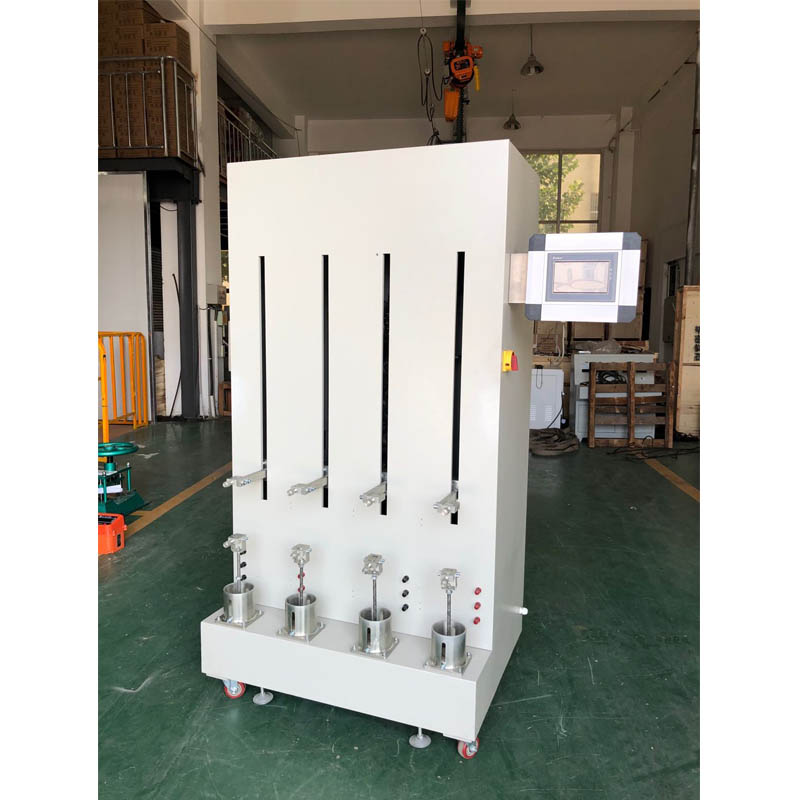Factory Production of Conductor Resistance Testing Instruments for Quality Assurance
Understanding Conductor Resistance Test Instruments A Factory Perspective
In the world of electrical engineering, ensuring safety and compliance in electrical installations is paramount. One critical aspect of this is the measurement of conductor resistance. As electrical systems evolve and expand, the demand for precise and reliable conductor resistance test instruments has skyrocketed. This article delves into the manufacturing process, significance, and applications of these vital instruments.
The Importance of Conductor Resistance Testing
Conductor resistance testing is an essential practice in both the installation and maintenance of electrical systems. This test assesses the resistance of conductors—such as copper and aluminum wires—ensuring they meet the necessary standards. High resistance can indicate issues such as inadequate conductivity, which can lead to overheating, power loss, or even system failures. Therefore, regular testing is crucial for maintaining electrical performance and safety in residential, commercial, and industrial environments.
The Manufacturing Process
The production of conductor resistance test instruments involves several critical stages, each designed to ensure accuracy, reliability, and user-friendliness.
1. Design and Development The first phase in the manufacturing of these instruments is design. Engineers and designers collaborate to develop an intuitive interface and effective measurement capabilities. The goal is to create devices that are easy to use while providing precise and reliable data. Advanced simulation software is often employed in this stage to test designs before moving to prototypes.
2. Prototyping Once a design is finalized, prototypes are created. These prototypes undergo rigorous testing to evaluate their performance under various conditions. This step is vital to identify any design flaws or potential improvements before mass production begins.
3. Component Selection The selection of high-quality components is crucial in producing durable and accurate instruments. Manufacturers often source materials that can withstand the rigors of fieldwork, ensuring longevity. Components such as precision resistors, digital displays, and robust casing materials are carefully chosen.
4. Assembly After sourcing the components, the assembly process begins. Skilled technicians follow strict protocols to assemble the instruments. Each unit is constructed with attention to detail, ensuring that all parts fit correctly and function as intended.
conductor resistance test instrument factory

5. Quality Control Before the instruments leave the factory, they undergo extensive quality control testing. This includes verifying the accuracy of measurements, checking for electronic failures, and conducting environmental tests to ensure they can operate in various conditions. Only instruments that pass these stringent tests are approved for sale.
Applications of Conductor Resistance Test Instruments
The applications of conductor resistance test instruments are extensive. They are essential in various fields, including
- Power Generation and Distribution Utility companies use these instruments to test transmission and distribution lines, ensuring that power flows efficiently with minimal losses.
- Renewable Energy Projects In solar and wind energy installations, conductor resistance testing is vital for verifying the integrity of installations and ensuring optimal performance.
- Industrial Facilities Factories and production plants utilize these instruments to maintain their electrical systems, preventing costly downtime due to electrical failures.
- Construction Projects In new constructions, especially large commercial buildings, conductor resistance testing ensures that the electrical systems are up to code and operate safely.
Conclusion
The manufacturing of conductor resistance test instruments plays a vital role in maintaining electrical safety and performance across various industries. As technology advances and demands for electrical efficiency increase, these instruments will continue to evolve. Manufacturers are tasked with providing innovative solutions that not only meet regulatory requirements but also enhance operational efficiency. Ultimately, the importance of these instruments cannot be understated, as they contribute significantly to the safety and reliability of electrical systems worldwide. Through continuous development and commitment to quality, factories specializing in these instruments will remain at the forefront of the electrical testing industry.
-
Why the Conductor Resistance Constant Temperature Measurement Machine Redefines Precision
NewsJun.20,2025
-
Reliable Testing Starts Here: Why the High Insulation Resistance Measuring Instrument Is a Must-Have
NewsJun.20,2025
-
Flexible Cable Flexing Test Equipment: The Precision Standard for Cable Durability and Performance Testing
NewsJun.20,2025
-
Digital Measurement Projector: Precision Visualization for Modern Manufacturing
NewsJun.20,2025
-
Computer Control Electronic Tensile Tester: Precision and Power for the Modern Metal Industry
NewsJun.20,2025
-
Cable Spark Tester: Your Ultimate Insulation Assurance for Wire and Cable Testing
NewsJun.20,2025
 Copyright © 2025 Hebei Fangyuan Instrument & Equipment Co.,Ltd. All Rights Reserved. Sitemap | Privacy Policy
Copyright © 2025 Hebei Fangyuan Instrument & Equipment Co.,Ltd. All Rights Reserved. Sitemap | Privacy Policy
